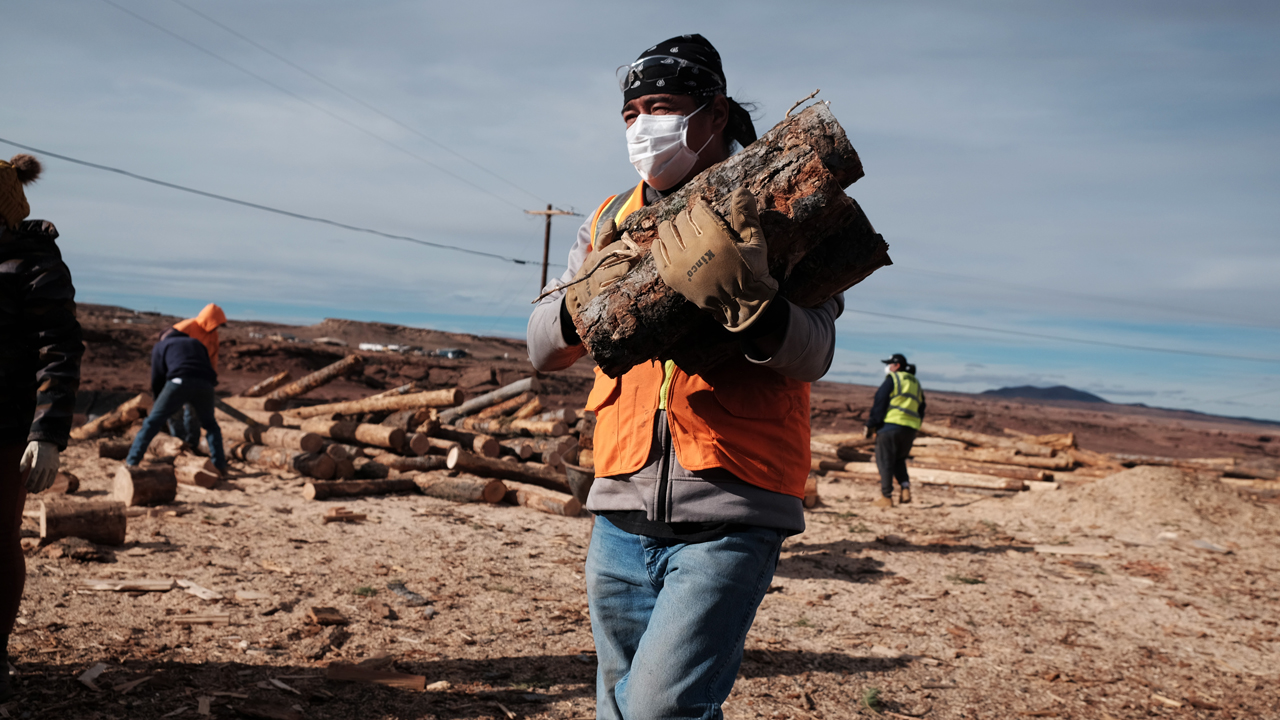January jobs report could be ugly after recent omicron surge
White House is bracing for disappointing January jobs figure
Idaho gov. on jobs recovery: We have 12% more jobs now than pandemic low
Idaho Gov. Brad Little on the state's jobs recovery and Democratic voters fleeing blue states.
The record-breaking surge in COVID-19 cases likely dampened January job growth, with the latest payroll estimate on Friday morning expected to show that hiring slowed markedly last month as the omicron variant sidelined millions of workers.
Payrolls likely increased by just 150,000 last month while the unemployment rate likely held steady at 3.9%, according to a median estimate by Refinitiv economists. That would mark a decline from December, when the economy added only 199,000 new jobs.
WHERE ARE SURGING CONSUMER PRICES HITTING AMERICANS THE HARDEST?
But there is a possibility the number will be far worse than estimates show: A separate report released earlier this week by ADP shows that private employers slashed 301,000 jobs last month, sharply missing the 207,000-job gain that economists surveyed by Refinitiv had predicted and a major drop from the downwardly revised gain of 776,000 in December.

People seeking employment attend the 25th annual Central Florida Employment Council Job Fair at the Central Florida Fairgrounds in Orlando, Florida, on May 12, 2021. (Paul Hennessy/SOPA Images/LightRocket via Getty Images / Getty Images)
It marked the first time that ADP reported negative growth since December 2020, when companies shed 123,000 jobs before the vaccines were available.
"The January jobs report is likely to show the job market getting off on the wrong foot in 2022," said Daniel Zhao, senior Glassdoor economist. "Omicron is another pandemic curveball for the job market, and we are likely to see modest job losses in January as a result. While the impact of omicron is likely to be temporary as the public health situation improves, this variant is a reminder that the path to recovery is a bumpy one, especially while the pandemic persists."
The White House is already in damage control mode, with Biden administration officials fanning out across different news outlets to warn the headline jobs figure could be very bleak, with the possibility of a negative number.
That's in part because the data for the report is backward-looking, often obscuring a more accurate picture of the labor market.

Democratic presidential candidate Joe Biden speaks about the third plank of his Build Back Better economic recovery plan for working families on July 21, 2020, in New Castle, Delaware. (Brendan Smialowski/AFP via Getty Images / Getty Images)
The "survey reference week" for the January report was taken between Jan. 9 to Jan. 15 – precisely when COVID-19 cases peaked, with the highest seven-day average count coming on Jan. 15, according to the CDC. Hourly employees who were sick and had to stay home that week without paid sick leave will not be counted as employed, even if they have not been laid off.
GET FOX BUSINESS ON THE GO BY CLICKING HERE
A census survey shows that an estimated 8.75 million Americans said they were not working in early January, either because they were infected with COVID-19 or taking care of someone else who had contracted the virus. That's a huge jump from December, when 2.96 million people reported they could not work due to the coronavirus.
"If you think about omicron in early January, and the impact it was having in terms of the number of people who were out sick, we do expect there to be some real variation in the data," National Economic Council Director Brian Deese told CNBC on Sunday.





















